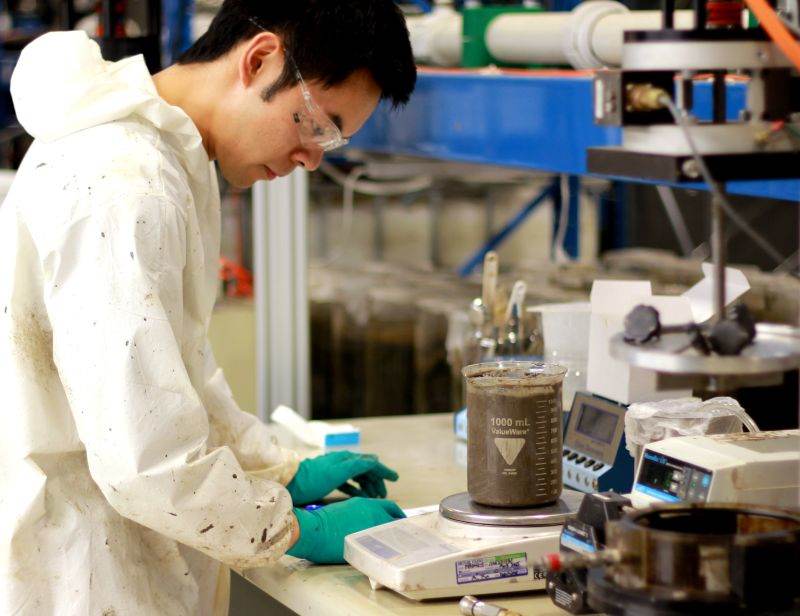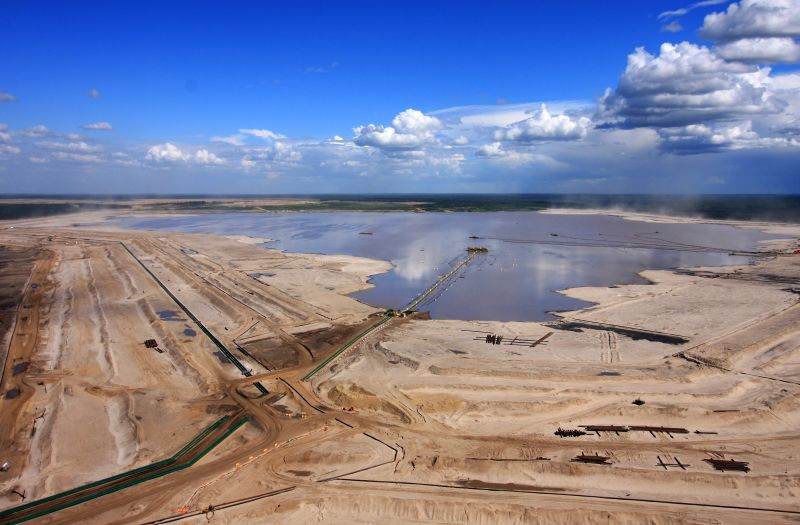An Unconventional Business
The Canadian oilsands represents the third largest oil reserves in the world. With current technology, 166 billion barrels are proven. In spite of these volumes, the form of the deposit and the chemical makeup of the oil adds significant challenges to its economics, when compared to other global sources of oil.
Oil and Bitumen Matrix
As its name implies, the oil is intimately bound with mineral. For oilsands close to the surface, liberating the oil from the sand requires a full mining operation, followed by a series of separation steps involving water, heat and hydrocarbon solvents. For deeper deposits, the mining step is replaced by an in situ separation process involving steam and potentially solvent.

Chemical Shortcomings
A second issue is that the bitumen in oilsands is chemically challenged, having much less hydrogen content and increased heteroatom and metals levels compared to conventional light oil. To address these shortcomings, the bitumen product from oilsands requires deep conversion using process units that are typically under-represented in a conventional refinery. Therefore, these additional upgrading steps are often carried out at the production site, prior to shipping.
Legacy Byproducts
Finally, the industry has legacy challenges with regards to the disposal and long-term storage of low valued byproducts associated with oilsands production, which can include mined sand and clays, large volumes of solvent- and bitumen-laden process water, coke, sulfur, and asphaltenes.

Where there are challenges, there are opportunities
The oilsands industry has embraced technology as a key lever to staying competitive with other opportunity crudes, namely tight oil. To this end, Coanda has provided ongoing support to the industry, through targeted staffing and infrastructure investments. Coanda’s strategic expansion into Edmonton, AB allows us to provide better support to its oilsands customers. Staffing in industry-critical areas such as geotechnical science, heavy oil upgrading, and process engineering was increased, to add to Coanda’s core competencies.
These strategies have enabled Coanda to assist its oilsands clients across the entire spectrum of the oilsands process, including:
- Separation processes in the extraction and froth treatment areas
- Process units specific to paraffinic froth treatment
- Process units for the recovery of the process solvents from the raw tailings
- Environmental units, such as the flue gas desulphurization
- Primary upgrading units, including both hydrogen addition and thermal processes
- Tailings treatment technologies, including thickening
- Steam generation equipment for in situ production
- Development of specialized measurement techniques
Challenges in these areas have been addressed through intelligent combination of scaled physical models, analytical models, computational fluid dynamics, and field piloting.

